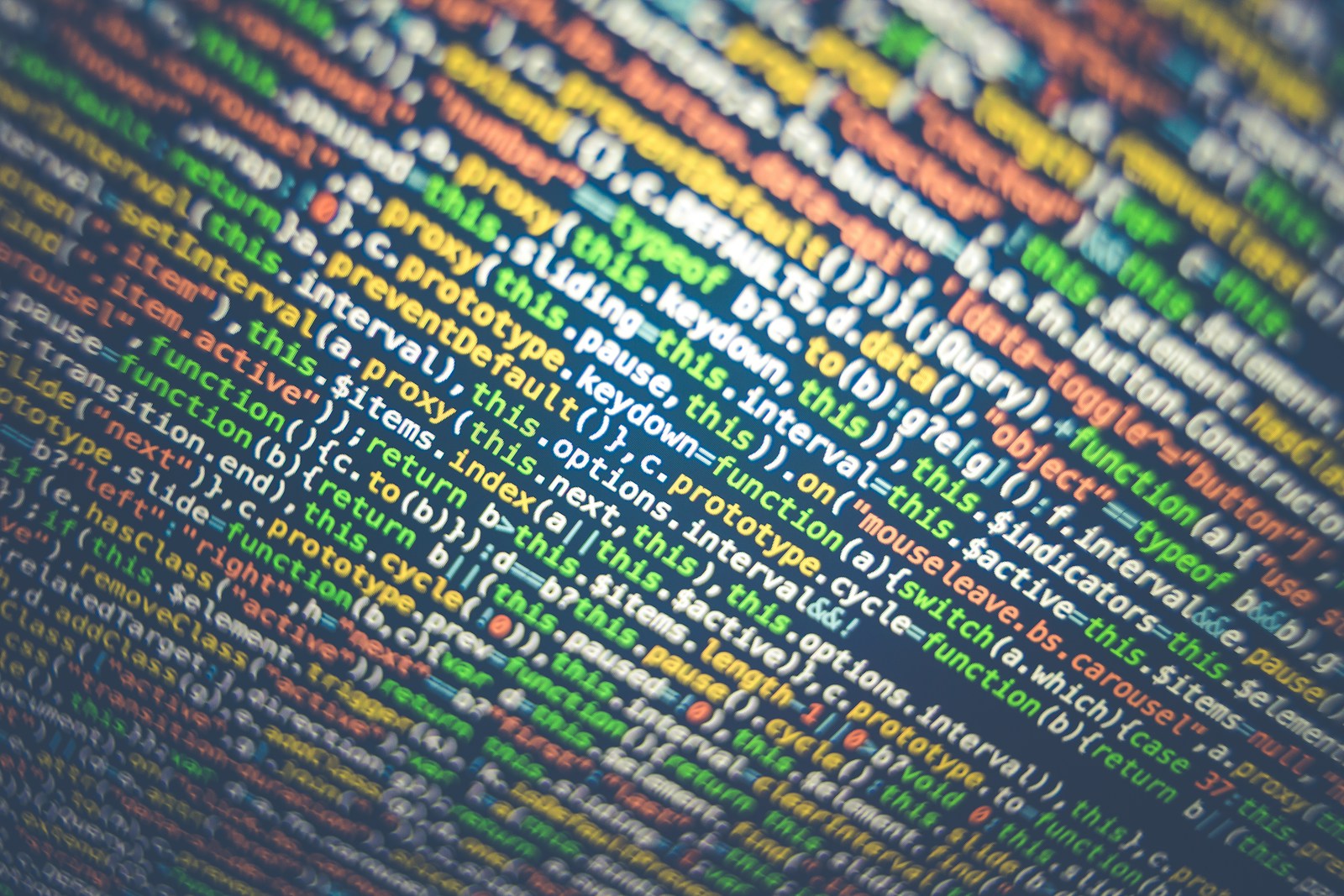What is Time Series Analysis?
Time series analysis is a technique used to study a sequence of data points collected or recorded over time. These data points are gathered at successive, equally spaced points in time (like daily, monthly, or yearly), capturing how something changes over a period. By analyzing these patterns, we can gain insights into how a system behaves and make predictions.
Examples of Time Series Data
- Stock Prices: Daily closing prices of a company’s stock.
- Weather Data: Daily temperature readings or annual rainfall records.
- Sales Data: Monthly or yearly revenue of a company.
- Economic Indicators: Unemployment rate, inflation, or GDP growth over the years.
Key Components of Time Series
Trend:
- A trend is the general direction of data over a longer period.
- Example: Increasing or decreasing stock prices over years.
Seasonality:
- Seasonal variations are repetitive, predictable changes that happen over regular intervals.
- Example: Increased ice cream sales in summer or holiday sales during December.
Cyclic Patterns:
- These are fluctuations that don’t occur at a fixed period like seasonality but show up over time.
- Example: Economic cycles, which may include periods of growth followed by recessions.
Noise:
- Noise is the random variation in data that doesn’t follow a pattern and is often unpredictable.
Time Series Forecasting
Time series forecasting uses historical data to predict future values. By identifying patterns and relationships in past data, we can make educated guesses about future events. Forecasting is used widely in fields like finance, economics, weather prediction, and sales.
Why is Time Series Forecasting Important?
- Better Decision-Making: Forecasts help businesses make decisions about inventory, staffing, and marketing.
- Budgeting and Financial Planning: Accurate forecasts help in budgeting and financial management.
- Risk Management: By predicting potential drops or rises in metrics, organizations can prepare or hedge against risks.
Common Methods in Time Series Forecasting
Moving Average (MA)
- This method calculates the average of the last few data points to smooth out fluctuations and highlight the underlying trend.
- Use Case: Helps in identifying trends when data is highly volatile.
Exponential Smoothing (ES)
- It gives more weight to recent data points, allowing it to be more responsive to recent changes.
- Use Case: Commonly used in short-term forecasting, especially for data without strong seasonal patterns.
Autoregressive Integrated Moving Average (ARIMA)
- ARIMA models are one of the most popular for time series analysis and are well-suited for data with a trend or seasonal component.
- Use Case: Works well with time series that show trends or patterns but require data preprocessing to stabilize the series.
Seasonal Decomposition of Time Series (STL)
- STL separates data into trend, seasonality, and residual noise, making it easier to understand underlying patterns.
- Use Case: Suitable when you need to understand seasonality and trend separately.
Long Short-Term Memory (LSTM) Networks
- LSTM is a type of neural network that can capture complex patterns in time series data.
- Use Case: Suitable for complex datasets, especially in deep learning applications and high-frequency data.
Steps in Time Series Forecasting
Data Collection:
- Gather data in a time-ordered sequence.
Data Preparation:
- Transform data to make it suitable for analysis. This could include handling missing values, scaling, or adjusting for outliers.
Decomposition:
- Separate data into trend, seasonality, and residuals to better understand each component.
Model Selection:
- Choose a model based on the nature of the data and the forecasting requirements.
Training and Validation:
- Use historical data to train the model and validate it on new data to check accuracy.
Forecasting and Evaluation:
- Generate future predictions and evaluate the model’s accuracy. Fine-tune the model if necessary.
Evaluating Forecasting Models
- Mean Absolute Error (MAE): Measures the average magnitude of errors in predictions.
- Mean Squared Error (MSE): Squares each error before averaging, penalizing larger errors more.
- Mean Absolute Percentage Error (MAPE): Measures the prediction accuracy as a percentage, which is useful for comparing performance across different datasets.
Challenges in Time Series Analysis
- Data Volatility: Some time series data can be highly erratic, making it hard to identify patterns.
- Seasonal and Cyclical Changes: Some patterns might change over time, so models have to be updated frequently.
- External Influences: Unexpected events (e.g., a pandemic) can heavily impact time series data and reduce forecast accuracy.
Applications of Time Series Forecasting
Stock Market Analysis:
- Predicting stock prices or volatility for investment and trading decisions.
Weather Forecasting:
- Helps in predicting weather patterns and planning for weather-related disruptions.
Sales Forecasting:
- Retailers use sales forecasts to manage inventory and supply chain requirements.
Healthcare:
- Analyzing patient admission rates, disease outbreaks, and treatment success rates over time.
Energy and Resource Management:
- Forecasting energy consumption helps in efficient energy distribution.
Summary
Time series analysis is a powerful tool to study trends, seasonality, and patterns over time. With various methods, from simple moving averages to complex neural networks, forecasting helps make informed predictions and supports decision-making across numerous fields. By choosing the right model and evaluating its accuracy, time series forecasting can lead to valuable insights that drive successful strategies.


Leave a Reply